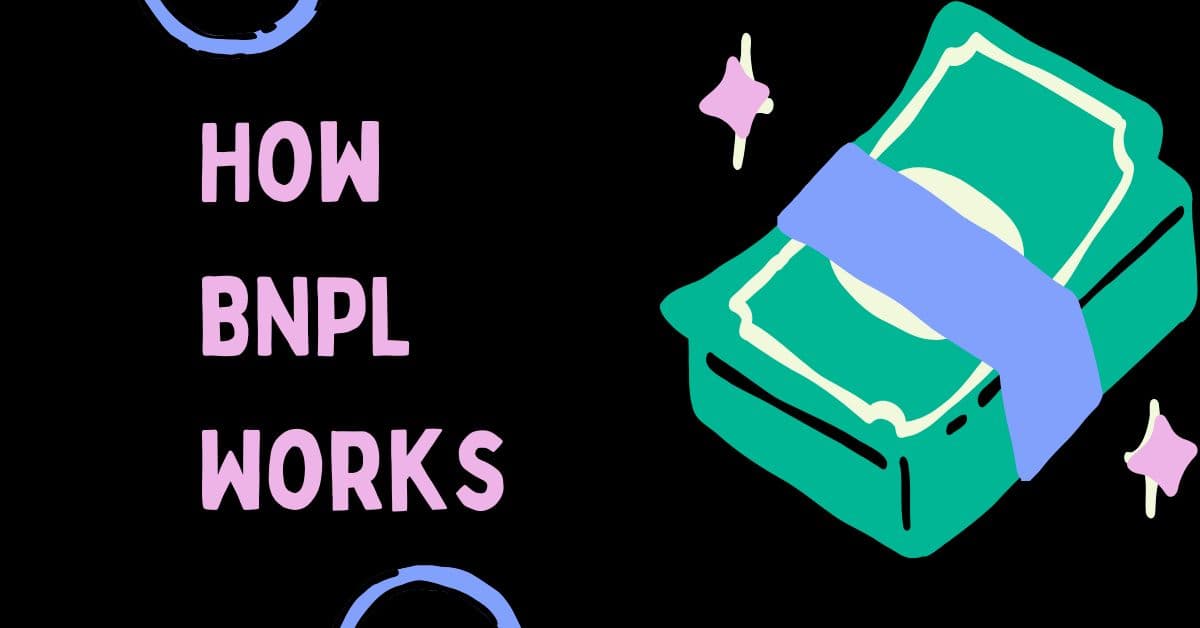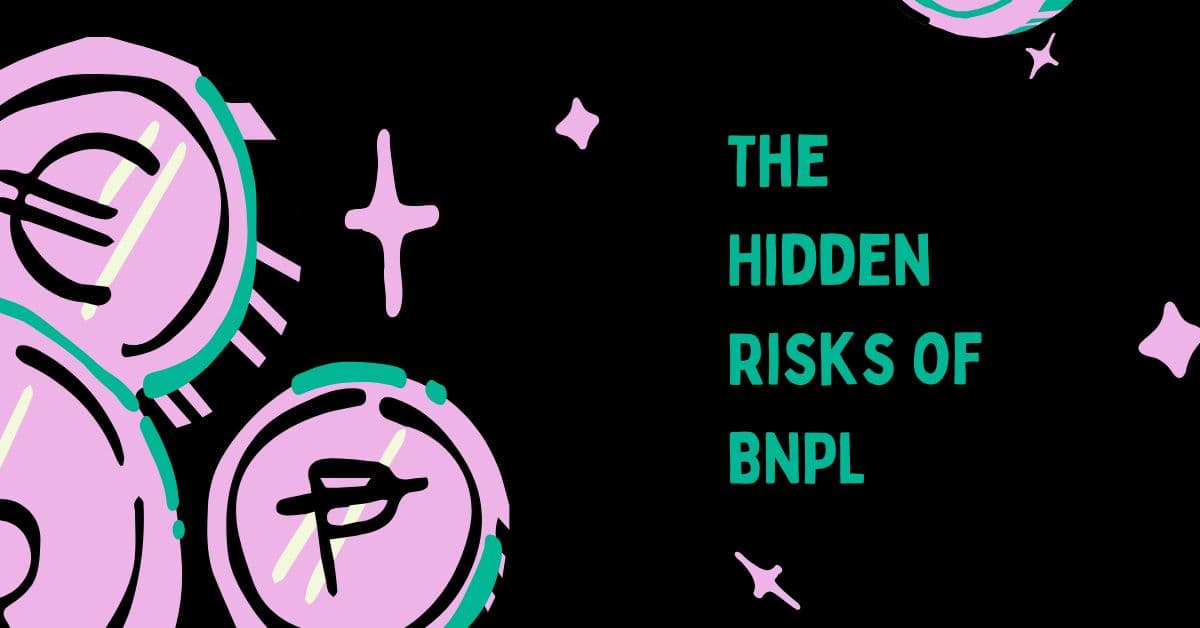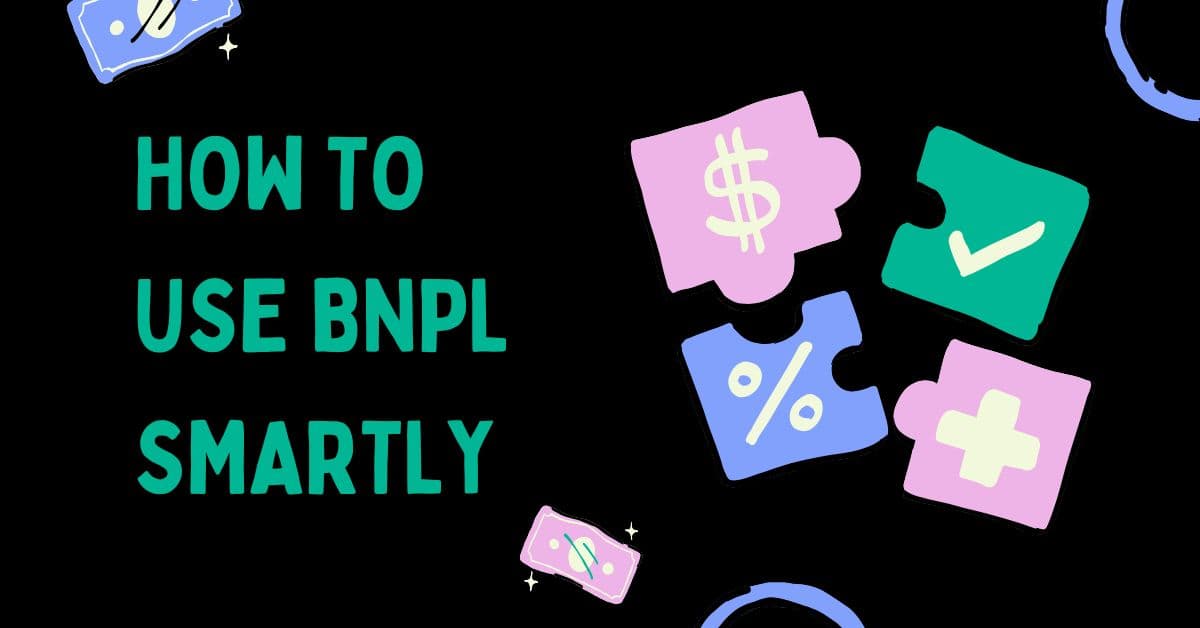Buy Now Pay Later (BNPL) services, which provide an ostensibly simple method to purchase without immediate payment, have grown in popularity in India as of 2025. Customers may divide purchases into interest-free payments using BNPL thanks to services like Paytm Postpaid, Simpl, and international players like Afterpay. However, Indian customers may be unprepared for the possible financial trap that lies behind this ease. According to research, 20% of BNPL customers had trouble managing their debt, and 35% of them missed at least one payment in 2025. The article, which is intended for Indian readers, reveals the hidden risks of BNPL and offers helpful advice on how to utilise it sensibly to maintain financial stability.
Understanding the concept of “buy now, pay later”
Customers can buy products or services and pay for them in instalments, usually over a brief period of time, thanks to BNPL services. A smartphone at ₹10,000, for instance, might be divided into four instalments of ₹2,500, each due every two weeks, with no interest if paid on schedule. BNPL is integrated at checkout for e-commerce platforms by providers like as Paytm Postpaid and Simpl, making it available to Indian consumers. Some providers report defaults to credit bureaus like CIBIL, which affects credit ratings, and late penalties (up to ₹800 per missed payment) are applicable.
How BNPL Works

- Payment Plan: Purchases are paid for in three to six payments, usually every two weeks or every month.
- Approval Process: Minimal paperwork is needed for instant approval based on basic inspections.
- Interest and Fees: If paid on time, there is no interest; if not, there are late fees or penalties.
- Credit Reporting: While late fines are still applicable, certain providers—like Affirm—report to credit bureaus, while others—like Afterpay—may not.
BNPL’s Allure
The appeal of BNPL is rooted in its perceived cost and ease of use. Among the main draws are:
- No Upfront Payment: This feature appeals to young Indian customers with little money since it allows them to purchase things right away without having to pay the whole cost.
- Interest-Free Option: If payments are made on time, BNPL provides zero interest, in contrast to credit cards that charge 20–40% interest.
- Ease of Use: Checkout is made simpler by a smooth interaction with e-commerce sites like Amazon or Flipkart.
- Accessibility: Since no credit card is needed, it’s perfect for people who don’t have easy access to traditional credit.
But if not handled appropriately, this convenience can conceal serious hazards and result in debt build up.
The Hidden Risks of BNPL
Despite its allure, BNPL has a number of hazards that are frequently disregarded, particularly for Indian clients in 2025 who are managing little funds.

1. Impulsive purchasing and excessive expenditure
Because of BNPL’s delayed payment plan, impulsive purchases are encouraged by a fictitious impression of affordability. According to a 2025 survey, 60% of BNPL customers increased their debt risk by purchasing things they otherwise would not have. A ₹20,000 device, for instance, seems reasonable at ₹5,000 a month, but making several of these purchases might put a burden on resources.
2. Multiple BNPL Plans
Multiple BNPL plans may be easily signed up for on different platforms, which might result in payment schedule overlap. According to a 2025 survey, 20% of Indian BNPL customers manage three or more plans, which makes it challenging to keep track of their entire debt. Confusion-related missed payments might lead to a mountain of late fines.
3. Penalties and Late Fees
Depending on the supplier, late fines for missing payments range from ₹200 to ₹800 every missed instalment. Missing two of the four instalments on a 10,000 transaction may result in 1,600 in penalties, which would greatly raise the cost.
4. Impact on Credit Score
Your CIBIL score is lowered when some BNPL suppliers, such as Affirm, notify credit bureaus of late payments. Future loan approvals, including housing or auto loans, which are crucial for Indian families, may be impacted by a lower score. Some, such as Simpl, might not report but still impose fees, which could affect your spending plan.
5. Issues with Returns
Items purchased from BNPL might be difficult to return. You may have to pay for things you no longer have because refunds might take weeks while payments are sometimes required right away. According to a 2024 consumer survey, 15% of BNPL users experienced problems with delayed reimbursements.
6. Psychological Effects
Like credit cards, BNPL causes a gap between cost and expenditure. According to a 2025 article, this psychological tendency causes customers to underestimate their entire debt, which results in overspending. This may quickly cause financial hardship for Indian households, whose average monthly income is between ₹30,000 and ₹50,000.
BNPL Risks in India: Hidden Financial Risks You Should Know
Despite their seeming convenience, Buy Now Pay Later (BNPL) plans in India come with significant financial hazards. Overspending is a significant problem as accessible credit promotes impulsive purchases, such as purchasing a ₹20,000 device without careful preparation, which eventually leads to debt accumulation. With consumers frequently juggling numerous ₹5,000 monthly payments, managing various BNPL plans may be difficult and may result in missing payments. For example, paying ₹1,600 for merely two missed ₹2,500 payments results in late fines of ₹200 to ₹800 each default. Even worse, frequent defaults may lower your CIBIL score and make you less eligible for loans in the future. Even return issues can be costly; just think of spending ₹2,500 on a returned item that wasn’t promptly repaid. Additionally, users of BNPL may unintentionally accumulate ₹30,000 or more through psychological debt traps. Before enrolling, it’s critical to comprehend these BNPL risks in order to safeguard your funds.
Examples from Real Life
On websites like X, Indian customers have discussed their difficulties with BNPL debt. One person explained how they signed up for four BNPL plans totalling ₹40,000 for clothes and electronics, but they neglected to pay, which resulted in ₹2,000 in late penalties. Another person brought attention to how they had to pay ₹3,000 as they waited for a delayed reimbursement for a returned item. The practical consequence was shown by a 2025 analysis that revealed 35% of BNPL consumers had skipped at least one payment and 20% had problems managing their debt.
Comparing Credit Cards and BNPL
Credit cards and BNPL both provide postponed payments, however they have different debt risks:
- Interest Rates: BNPL is interest-free if paid on time, whereas credit cards charge 20–40% interest if balances aren’t paid off.
- Debt Accumulation: The danger of debt accumulation is increased by BNPL’s numerous plans, which might be more difficult to monitor than a single credit card amount.
- Consumer Protections: While BNPL services do not have strong protections, credit cards provide superior fraud and dispute resolution.
- Accessibility: Compared to credit cards, which have more stringent eligibility requirements, BNPL needs less checks, which makes it simpler to abuse.
If properly handled, credit cards could be safer for Indian customers, but the convenience of BNPL might hasten the buildup of debt.
Regulatory Updates in 2025
The Reserve Bank of India (RBI) issued recommendations in early 2025 in response to the growing amount of BNPL debt, mandating that BNPL providers:
- Notify Credit Bureaus: Make sure that late payments have an effect on CIBIL scores, which will increase responsibility.
- Execute Affordability Checks: Confirm the ability of customers to repay loans in order to avoid excessive debt.
- Clearly State Terms: Require clear regulations about fees and refunds.
In addition to protecting Indian customers, these restrictions require BNPL users to exercise greater caution because defaults may now impact their eligibility for future loans.
How to Use BNPL Smartly
Use these helpful suggestions, which are specific to Indian customers, to stay out of debt traps:

- Budget Carefully: Use BNPL only for purchases that fall within your monthly budget. Keep BNPL between ₹5,000 and ₹7,000 per month for an income of ₹30,000.
- Limit Plans: To facilitate payment tracking and prevent scheduling overlap, use just one BNPL plan at a time.
- Set Payment Reminders: To guarantee on-time payments and avoid late penalties, use calendar alerts or applications like Paytm.
- Go over the terms carefully: Before registering, review the refund procedures, credit reporting guidelines, and late fees.
- Think About Other Options: Put money aside for purchases or use a credit card with greater security features for bigger transactions.
- Track Spending: Keep an eye on BNPL payments and other costs by using budgeting applications like Money View.
Frequently Asked Questions (FAQs)
How might BNPL lead to debt?
The promotion of excessive spending and varied schemes by BNPL leads to missed payments and late penalty.
Does each and every BNPL service affect my credit score?
Some, like Affirm, charge late fees, while others, like Simpl, may not notify credit agencies.
In India, what are the typical late fees for BNPLs?
Late fines might be anything from ₹200 and ₹800, depending on the source.
Can I return items I purchased from BNPL right away?
Delays in filing returns that need payment until they are finalised might lead to financial issues.
Are BNPLs safer than credit cards?
BNPL may be riskier even if its interest rates are lower since it provides less protections and more programs.
An Example from Real Life
Scenario: Priya, a 28-year-old Bengaluru professional who makes ₹40,000 a month, utilises BNPL to purchase ₹5,000 worth of clothing and a ₹15,000 smartphone. She enrols in two plans: ₹1,250 for clothing and ₹3,750 for phone service each month. She had to pay ₹800 in late fees since she forgot to make one payment. She has to pay ₹1,250 while she waits for a delayed reimbursement for the clothing. She prevents further debt and saves ₹2,000 per month for emergencies by using Money View to manage her spending and sticking to a single plan.
Conclusion
In 2025, buy now pay later services will be convenient for Indian consumers, but they can also result in debt traps due to complicated returns, late fees, and excessive spending. Knowing these risks is essential because 35% of users fail to make payments, and the RBI’s new rules increase responsibility. You may profit from BNPL without having to worry about money if you use tools like Paytm, restrict plans, and create a cautious budget. To stay out of the debt trap, begin prudent money management right now!
Disclaimer: There are risks involved with financial decisions. Before utilising BNPL services, consult with a financial advisor.
Accenture Share Price is Rising: Manage Debt Before You Miss Out!
ONGC Share Price Target Rising: Manage Debt Before You Invest!
Reliance Power Share: Boost or Block in Debt Management?

